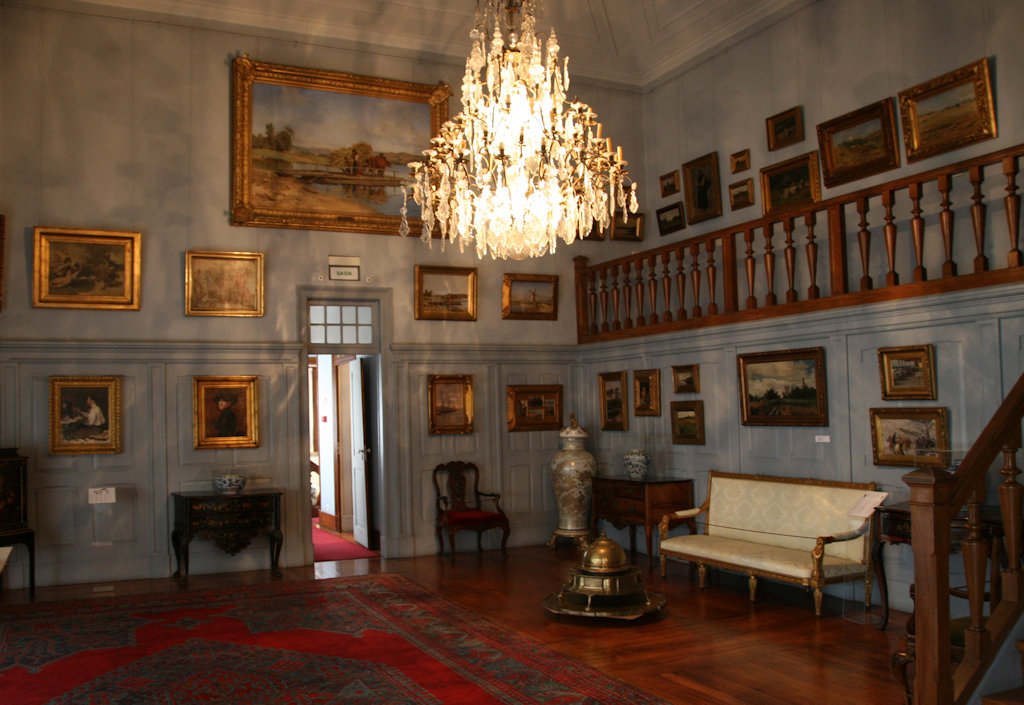Over the years, the building underwent several modifications, including the addition of a secondary floor and basement. José Malhoa, the original owner, greatly admired the modernity and elegance of the home, hoping to receive the prestigious Prémio Valmor award for its design. In 1905, the project was indeed recognized with the Prémio Valmor, solidifying its status as an architectural gem.
After the death of Malhoa's wife in 1919, the house changed hands multiple times before being acquired by Dr. Anastácio Gonçalves, an ophthalmologist and avid art collector. In 1965, upon Dr. Gonçalves' passing, he bequeathed the house and its extensive collection of artworks to the State with the intention of creating a museum similar to the Soane Museum in London. The property officially became part of the State in 1967, and in 1971, a commission was established to inventory and analyze the artworks in preparation for their display in museums or potential sale.
Following its incorporation into the State, the museum underwent renovation work in 1969, and in 1980, it opened its doors to the public as a museum. Recognizing the need for expansion, work began in 1987 to remodel the adjacent Casa António Pinto da Fonseca Mota, aiming to merge it with the Casa Malhoa. This expansion project, completed in 1996, increased the museum's surface area and provided additional space for a shop, cafeteria, and temporary exhibition areas.
The architectural charm of the Museum-Residence of Dr. Anastácio Gonçalves is evident in its distinctive features. The irregular two-story design with three wings and a tiled roof creates a visually captivating structure. The exterior showcases a combination of irregular fenestrations, intricate stonework, and a frieze of azulejos (Portuguese painted tiles) adorned with blue and white figures and floral patterns. The main window on the front facade proudly displays the inscription "PROARTE," emphasizing the artistic significance of the building.
Lisbon.vip Recommends
The Museum-Residence of Dr. Anastácio Gonçalves gained further recognition in 1982 when it was classified as a Property of Public Interest (Imóvel de Interesse Público). The designation acknowledges the building's historical and cultural significance and ensures its preservation for future generations. In 2007, the property was transferred to the Instituto dos Museus e Conservação, I.P., solidifying its institutional support and commitment to its continued maintenance and development as a valuable cultural institution.
Today, the museum stands as a testament to the vision and passion of Dr. Anastácio Gonçalves, who dedicated his life to collecting and preserving art. It offers visitors a captivating journey through the rich artistic heritage of Portugal, providing insights into nineteenth-century Portuguese painting and the captivating world of Art Nouveau. The Museum-Residence of Dr. Anastácio Gonçalves is a must-visit destination for art enthusiasts, history lovers, and anyone seeking to immerse themselves in the beauty and cultural significance of Portugal's artistic legacy.
Map View



